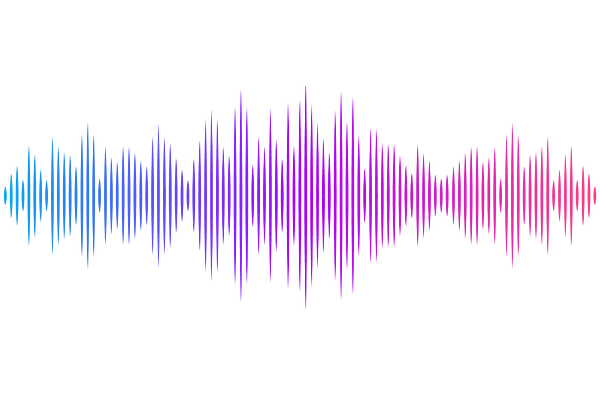Estimating anisotropy of single cells using a compliant biaxial stretcher

Estimating anisotropy of single cells using a compliant biaxial stretcher
Marwah, H.; Bhatt, H.; Fartyal, N. S.; Nautiyal, R.; Veer, S.; Pullarkat, P. A.; Balakrishnan, S.
AbstractUnderstanding the mechanical properties of single cells is essential for elucidating their responses to mechanical cues and plays a critical role in development, disease progression, and mechanotransduction. However, probing these properties at the single-cell level remains technically challenging. Traditional methods for probing cellular mechanics are often restricted to a single deformation mode and rely on complex instrumentation, limiting their adaptability. Hence, no single platform currently offers multi-modal cell manipulation, which motivates the development of more versatile tools. Towards this, we are developing an ensemble of compliant micromechanisms that enables diverse modes of cell manipulation on a single chip. Building on our earlier work with a uniaxial stretcher, here we demonstrate estimation of cellular anisotropy using a biaxial stretcher. Since the mechanism transforms motion using deformation, cell stretching forces can be estimated through image-based displacement measurements, without additional sensing modalities, considerably simplifying the device fabrication and operation. By assembling these uniaxial and biaxial stretching micromechanisms on a single chip, we can establish a multi-modal manipulation platform for single cells, which can be augmented with shearing and twisting modes in the future. Such a simple and versatile platform presents a paradigm shift in mechanical testing of single cells.